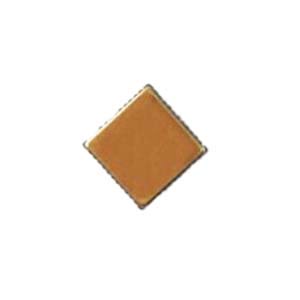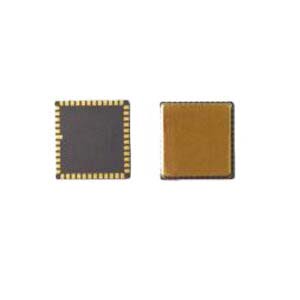The important parameters of MEMS gyroscope include: resolution, zero angular velocity output (zero output), sensitivity and measurement range. These parameters are important indicators to judge the performance of MEMS gyroscopes, and also determine the application environment of gyroscopes.
Main Performance Parameters
The range of a gyroscope is usually expressed by the maximum input angular rate in the positive and negative directions, for example: +/- 300 degree / sec. The larger the value is, the stronger the ability of the gyroscope's sensitive angular rate is. Within this input angular rate range, the non-linearity of the gyroscope's scale factor can meet the specified requirements. Generally, the range of the gyroscope can be configured.
Sensitivity (resolution) represents the minimum increase in input angular rate that can be perceived at a specified input angular rate, for example: 0.05 degree / sec / LSB. In general, the larger the measurement range of a MEMS gyroscope, the lower the sensitivity.
The scale factor (scaling factor) is the ratio of the gyroscope output to the input angular rate. This ratio is represented by a specific straight line slope, which is obtained by least square fitting based on the input and output data measured over the entire input angular rate range.
The non-linearity is the ratio of the maximum deviation of the gyroscope's output to the maximum linear output in the range of the input angular rate relative to the least square method. It characterizes the deviation of the actual input and output data of the gyroscope, and determines the simulation of the credibility of the data.
The linear acceleration sensitivity reflects the sensitivity of the gyroscope to acceleration, and the unit is degree / sec / g.
Vibration sensitivity refers to the sensitivity of the gyroscope to vibration, and the unit is degree / sec / g2. The less sensitive a gyroscope is to linear acceleration and vibration, the better the gyroscope's performance and the more effective the algorithm it builds.
Zero offset refers to the output of the gyroscope in the state of zero input. It is expressed by the equivalent equivalent of a long time output converted to the input angular rate, that is, the degree of dispersion of the observed value around the zero offset. For example, 0.005 degree / sec means that seconds will drift 0.005 degree. The long-term steady-state output under the zero-input state is a stable random process, that is, the steady-state output will fluctuate and fluctuate around the mean (zero bias). It is customarily expressed as the mean square error. This mean square error is defined as zero bias stability. The initial bias error can be understood as a static error, which does not fluctuate over time, and can be calibrated by software.
When the gyroscope is in the zero-input state, the output signal that falls off is the superposition of white noise and a slowly varying random function. The diffuse random function can be used to determine the bias and bias stability index. White noise is defined as the standard deviation of the equivalent rotation angular velocity in the square root of the unit detection bandwidth, in units (degree / sec / √Hz or degree / hr / √Hz). This white noise can also be expressed by an angle random walk coefficient with a unit of degree / √Hz. The random walk coefficient refers to the gyroscope output error coefficient accumulated over time caused by white noise. When the external conditions are basically unchanged, it can be considered that the main statistical characteristics of the various noises analyzed above do not change over time.
Bias voltage sensitivity refers to the sensitivity of the output of the gyroscope to changes in the power supply, for example: 0.03degree / sec / V, that is, how much the output angular rate changes for each 1V change in the power supply.
Bandwidth refers to the frequency range in which the gyroscope can accurately measure the input angular rate. A larger range indicates a stronger dynamic response capability of the gyroscope.
If you want to get more details about MEMS gyroscope,pls visit https://www.ericcointernational.com/gyroscope/mems-gyroscope
More Technical Questions
1.How accurate is MEMS gyroscope?
2.Where are MEMS Gyroscopes Used?
4.How to select MEMS gyroscope?
5.The Principle of MEMS Gyroscope
6.Analysis of the main performance parameters of MEMS gyroscope
Products in Article




.jpg)


